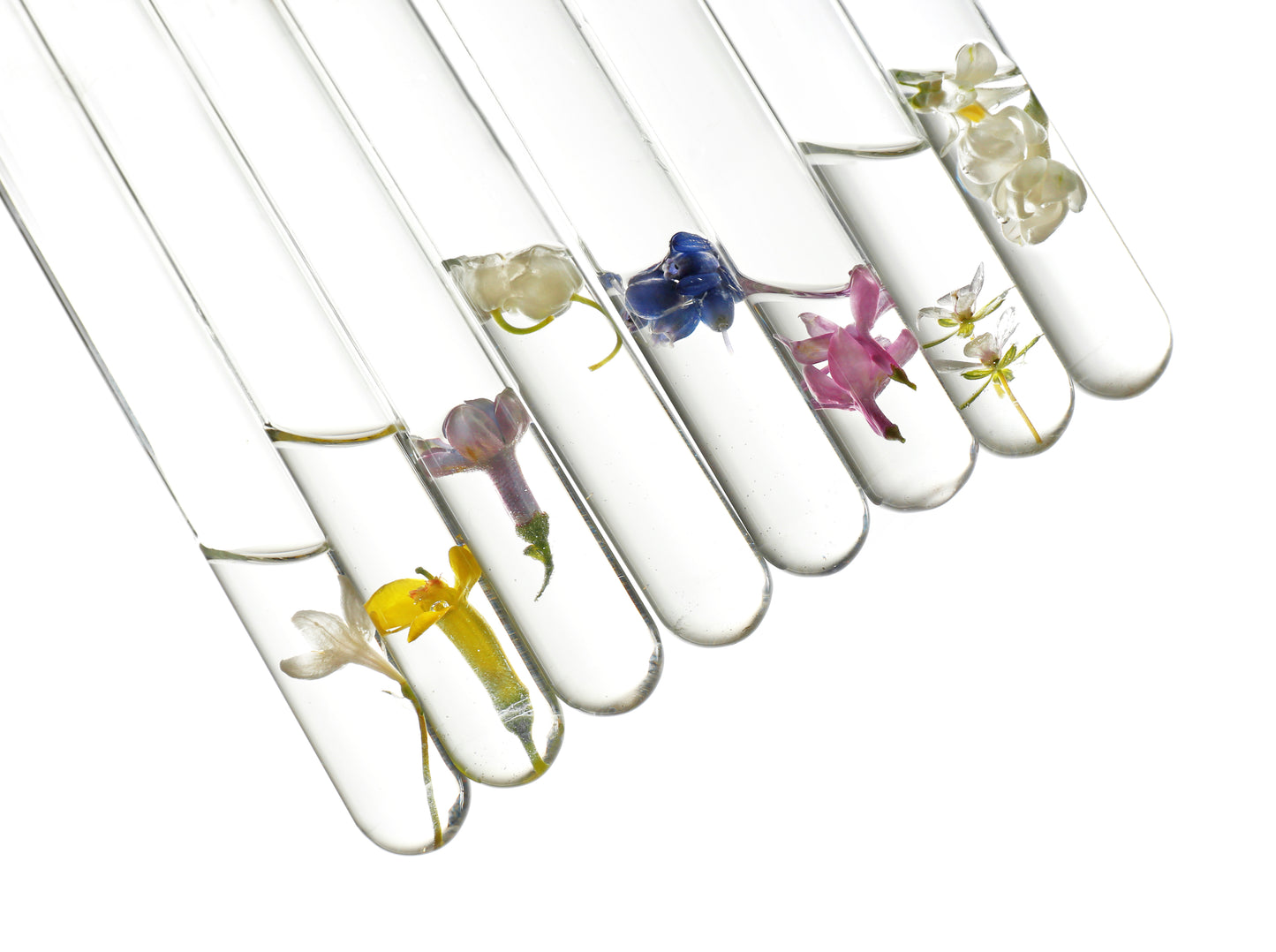
What are INCI names and why do we use them?
What are INCI names?
INCI (pronounced inky) is an abbreviation for The Nomenclature of Cosmetic Ingredients. It is essentially an internationally recognised dictionary for the names of waxes, oils, pigments, chemicals, and other ingredients used is cosmetics and skincare.
Why do we use the INCI names instead of the common names?
In order to sell our products in Europe we are required to achieve EU compliance, these regulations require our ingredients to be displayed on packaging using the technical INCI names.
Why did we choose to gain EU Compliance?
Aside from obviously wanting to bring MV to our people in Europe..
Regulatory cosmetic and labelling bodies around the world have differing standards that are mandated for the communication of information to consumers. EU compliance is notoriously challenging and lauded as one of the most strict regulatory bodies in the world. While this has been a long, tiring, and expensive journey, it has also meant that MV products were required to be externally assessed in laboratories for their safety and efficacy. A process which can prove difficult for natural skincare brands like ours, using only plant-based preservatives and nothing synthetic. Something we are proud to have passed!
Why use INCI names on the website listing when we can just use the common names?
While we are not required to display INCI on our website, and in some instances using the common names may seem more preferable as they sound 'nicer' and less technical. As a company who specialise in treating sensitivities and providing therapeutic solutions for skin conditions, we realise the importance of displaying ingredients in the most universally accessible way - allowing for easy identification of allergens and irritants to those who are hypersensitive.
But what about those new words on some ingredient listings, like 'linalool, geraniol, eugenol, etc' ?
These ingredients were actually always in our products, as they are naturally occurring molecules within plants, flowers, and spices. We don't 'add' them in, however, they are natural components of the essential oils we use - for example in the Rose Moisturiser the linalool is found within Geranium and Rose essential oils.
Outside of the EU, no-one needs to bother listing this kind of detail. The EU however, requires any potential allergen to be listed - even if it is found naturally within plants.
What about Linalool and skin sensitivity?
This relationship is typically a result of the synthetic form of linalool, from large amounts or 'neat' essential oils applied to the skin, or from oxidised linalool - which occurs when a plant oil is not fresh and pure. Because we specialise in treating sensitive skin first and foremost, all of our essential oils are incredibly pure, made small batch, always fresh, and absolutely always in the dosage appropriate for sensitive skin safety.






